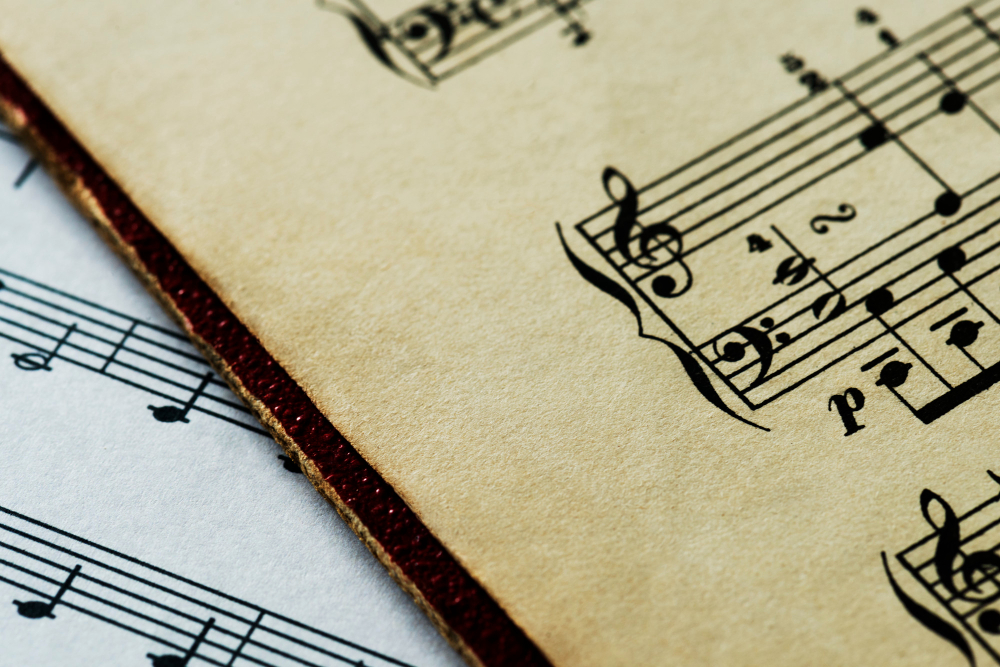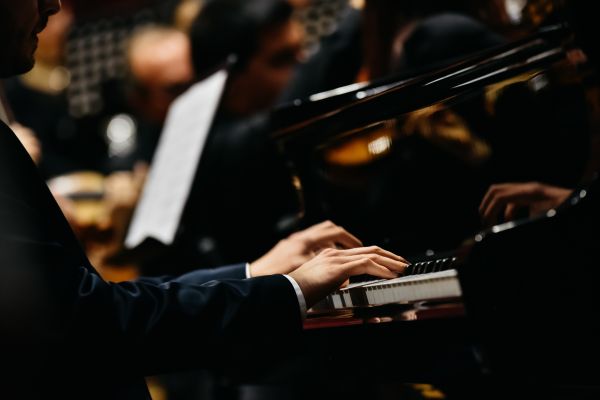Maurice Ravel was born in France in 1875. Being musically talented, he entered the Paris Conservatoire, at the age of 14 where he remained till he was 30. It was during these initial 16 years that Ravel composed some of his best known works. These included the Pavane for a Dead Princess, the Sonatine for piano, and the String Quartet.
What was stunning about these early works was its perfect style and craftsmanship which is only seen in composers when they have reached maturity. Astonishingly, he was denied the coveted ‘Prix de Rome’ for composition at the Paris Conservatoire even after three attempts because Ravel’s works were adjudged as too “advanced” by ultraconservative members of the jury!
It was this musical genius of form and style who went on to produce other immortal works like Bolero; Rapsodie espagnole the ballet Daphnis et Chloe; and the opera L’Enfant et les sortileges (The Child and the Enchantments). Ravel’s repertoire included other renowned works, such as the Jeux d’eau (Fountains); the Miroirs; and the Gaspard de la nuit. At 42, Ravel composed for the solo piano the Le Tombeau de Couperin; and at 45 he completed La Valse, a piece with varying credits as a ballet and concert work.
Bolero
Music was his life, his passion, and there is hardly any Ravel work that is not wholly comprehensible in musical terms, or that requires reference to external circumstances to explain it. Mostly his compositions were within the established formal and harmonic conventions of his day—however it was still firmly rooted in tonality. Despite this, his musical idiom was very personal and individual; and it can be stated that he forged for himself a language of his own that bears the stamp of his personality.
At 53, Ravel went on a tour of Canada and the United States and also visited England to receive an honorary degree of doctor of music from Oxford.
For most part of his life, Ravel was a semi-recluse who never married, though he enjoyed the society of a few chosen friends. For Ravel, music was a kind of ritual, having its own laws, to be conducted behind high walls, sealed off from the outside world, and impenetrable to unauthorized intruders.
Daphnis et Chloé (excerpt)
His mother’s death left a deep impact on him—he was then 42. The choice of looking after his mother and his duty to enlist in the defence of his country in 1914, was a sort of a mental conflict. This can be perceived in the Piano Trio, L’enfant et les sortileges, which he began to write after her death.
In October 1932, Ravel’s taxi cab collided with another, and for five years his health deteriorated, affecting his musical capacity, and he died in 1937, at the age of 62. Ravel was rediscovered decades after his death particularly when his most famous work, Bolero, was used in the 1979 movie, 10, starring Bo Derek and Dudley Moore—interestingly on his 17-minute crescendo, Ravel once said, ‘I have written a masterpiece. Unfortunately there is no music in it.’
Piano Trio
Maurice Ravel continues to be widely regarded as France’s most popular composer. He is remembered for once stating, ‘The only love affair I have ever had was with music.’



